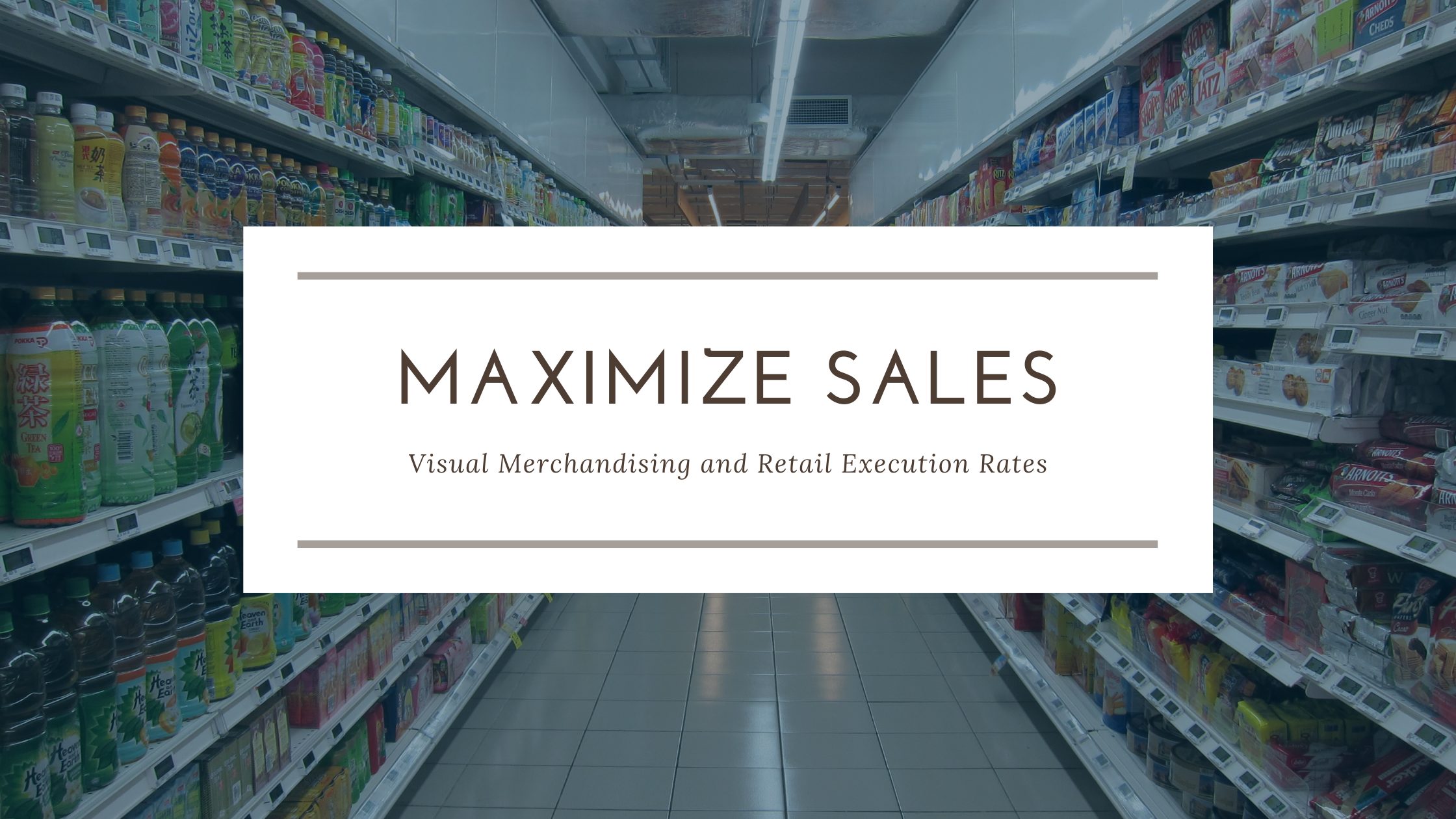How much does visual merchandising really impact sales? Turns out, a lot. Even with the rise in online shopping and curbside delivery, in-store shopping at physical retail locations isn’t going away anytime soon and brands would be well-served to make sure their brick-and-mortar merchandising strategies and plans are solid.
Let’s dive into why it’s so important to pay extra attention to in-store shoppers and look at their behavior and what brands can do to capture their precious dollars.
All About Purchase Decisions
How many decisions are made at the store?
Despite the increase in online shopping, brick-and-mortar retail isn’t going anywhere anytime soon. In fact, while 27% of consumers make an online purchase every week, 40% of consumers physically go shopping on a weekly basis. Furthermore, 70% of consumers count the ability to purchase in a store as impacting their choice of brand and retailer.
So, do in-store shoppers use the internet at all? Yes. 74% go online to do research, see if an item is in-stock, or check store hours, making it imperative that retail suppliers have a strategy to make sure their items are in-stock and up to date.
And for those worried that the “kids these days” will drive a decrease in foot traffic, that’s turning out not to be the case. Gen Z, the most digital generation yet, actually prefers to shop in-store. 81% report that they prefer brick-and-mortar because it helps them discover new products and more than half indicate that it’s precisely because it helps them disconnect from their phones.
The numbers are in folks and they’re looking good for retail suppliers. Even a global pandemic couldn’t wipe out people’s passion for retail therapy. Indeed, it may have fueled appreciation for it.
But what does this all mean for in-store retail strategies? If the foot traffic is there, how can brands capture purchases?
Two Foci for Retail Suppliers: Planned and Impulse
Brands need to have a two-pronged strategy to maximize their in-store sales.
First, they need to prepare to meet customer expectations. For instance, if that customer has gone online and checked to see if a product is in stock and shows up at the store to purchase it, that item had better be in stock. The consequence of it not being in stock? A bad brand experience, an unhappy customer, and a competitor captures those dollars and perhaps all their future business. In other words, risking a domino effect.
Second, brands need to capitalize on impulse decisions and retail therapy shoppers. In fact, 84% of shoppers have made impulse decisions when buying in-store. This is a huge opportunity that brands need to embrace and capitalize on with visual merchandising.
Visual merchandising at its core is making sure your inventory stands out from the crowd via packaging, in-store marketing, and in-store promotions.
But what happens when you have a visual marketing strategy but the retail execution levels don’t go according to your plan?
Retail Execution Levels
Most retail suppliers choose one of two options to meet their retail execution needs: relying on the retailer or partnering with a third-party retail merchandiser.
What do execution rates look like when using just the retailer’s resources?
There’s no one number to point to as it varies retailer to retailer, store to store, and brand by brand. It will even vary from week to week. And the retail labor shortage isn’t helping anything. But what we’ve seen as have other merchandisers is execution rates hovering around 40% when it’s up to just the retailers.
What’s more telling is how brands struggle to have an accurate view of what’s going on with their inventory when it’s in the store and how much (25%) of sales are lost due to poor retail execution.
To understand your brand’s retail execution rate, you need to look at a few factors:
- On-Shelf Availability: is your inventory where it should be or is it in the backroom?
- Endcaps and Promotional Displays: if you secured a promotional display, is that display where it should be? Is it set according to your planogram?
- Retailer Knowledge: is the retailer staff able to answer questions about your product? This is especially helpful for electronics.
- Pricing and Promotions: are the prices on your products what they should be? Are your promotions, like instant redeemable coupons, being placed?
- Planogram: are your products being executed according to your planogram?
You’ll want to track trends over time to get a feel for seasonal changes, consistent gaps, and most importantly – to understand how many sales are missed.
There’s a glaring problem with this though, how can you measure retail execution rates without having a good grasp of store-level activities?
That’s where third-party retail merchandising partners come into play.
How Third-Party Partners Improve Execution Rates
Third-party retail merchandisers like RMS help retail suppliers by conducting store-level audits and inventory maintenance to make sure your sales are maximized. This helps brands trust their retail data and make better decisions based on real numbers, not estimates.
See all of our services here: https://www.rmservicing.com/services/
Increase sales, profit margins, and minimize lost revenue by partnering with a third-party retail merchandiser. Make more strategic decisions based on good data to make sure your brand is prepared for tomorrow and next year.
See if we’re the right fit for your retail merchandising needs!

